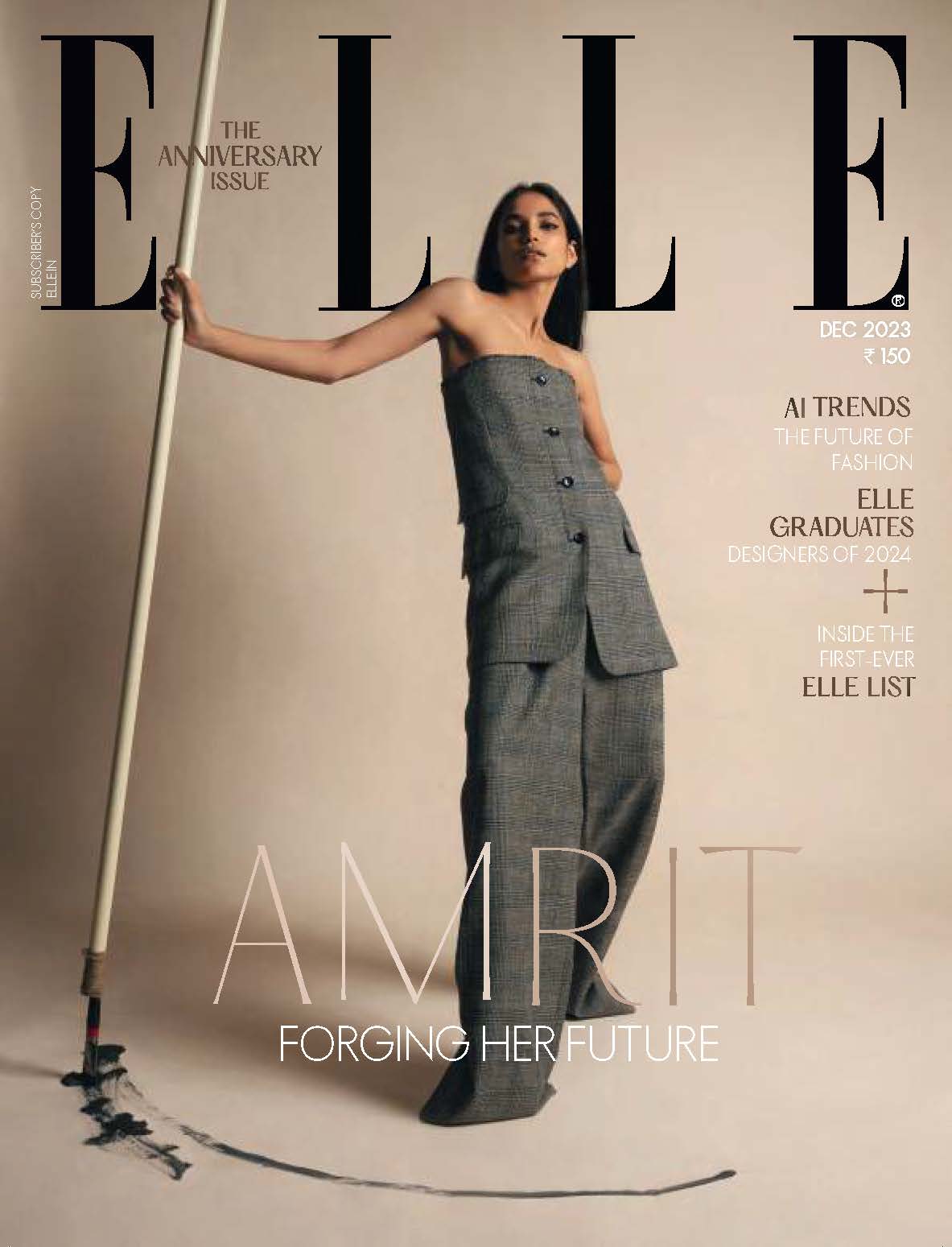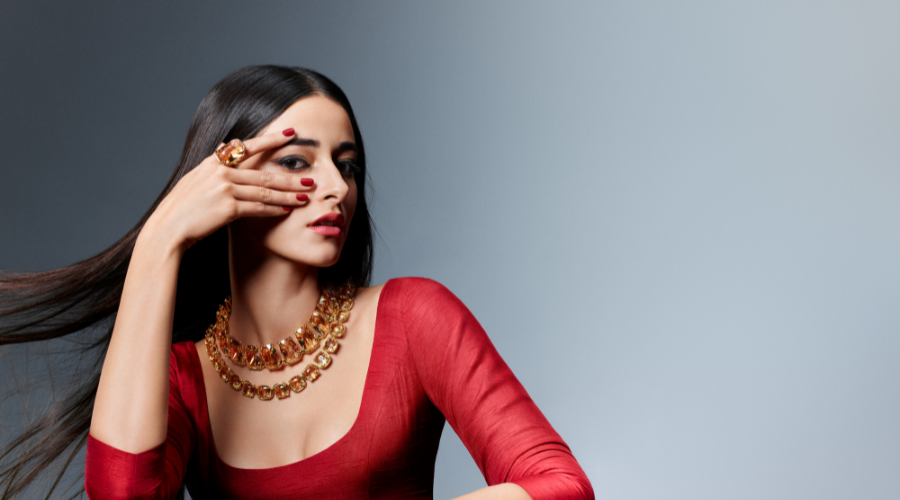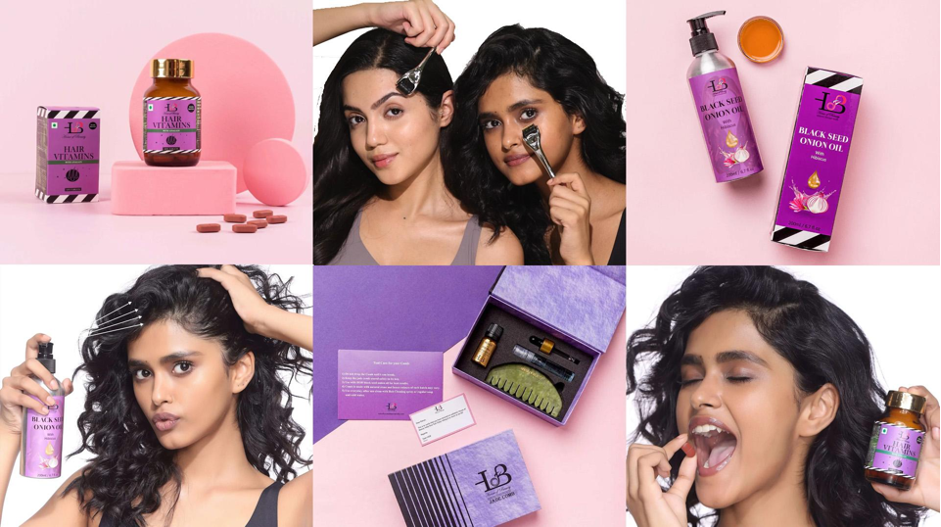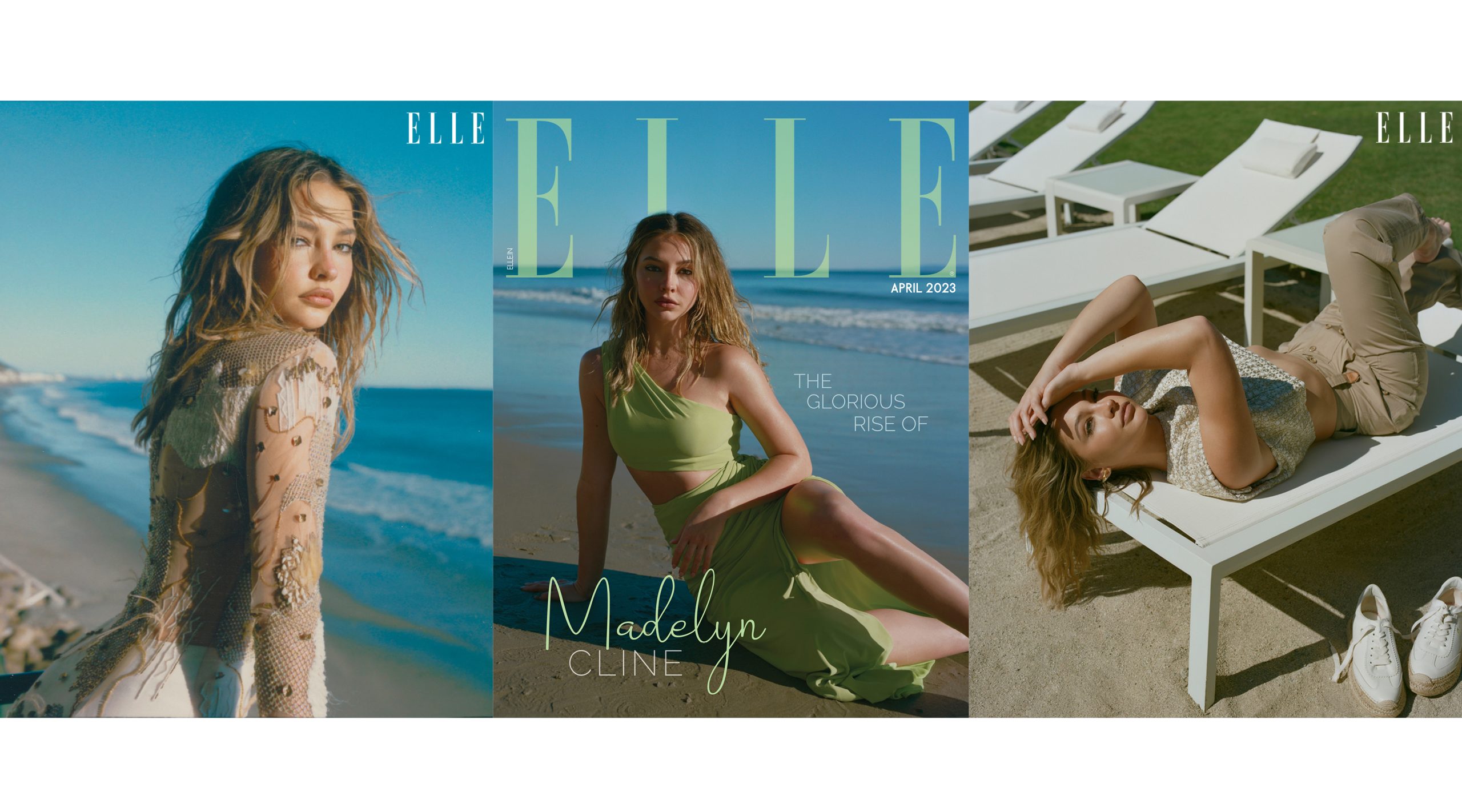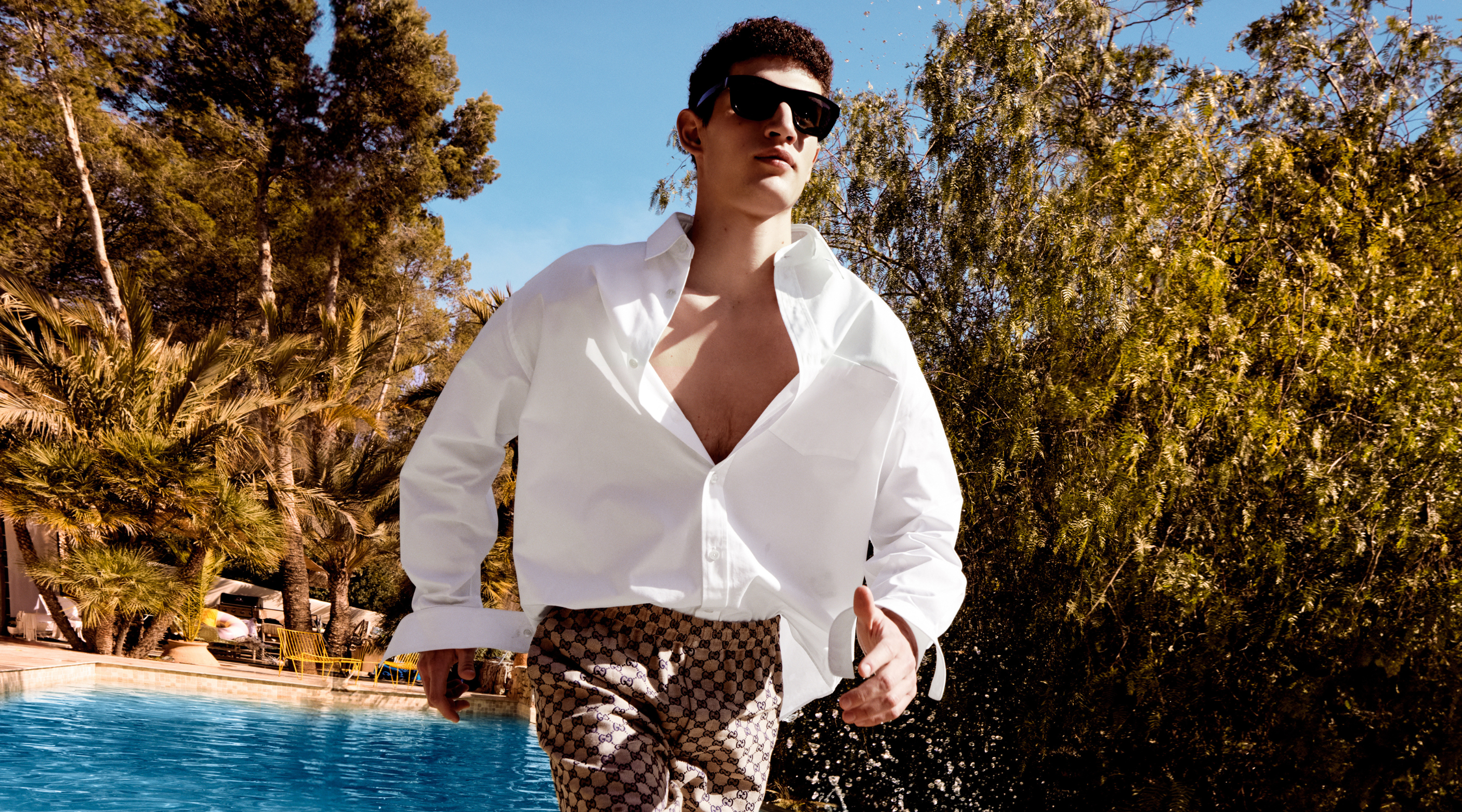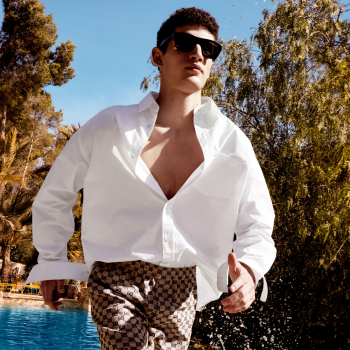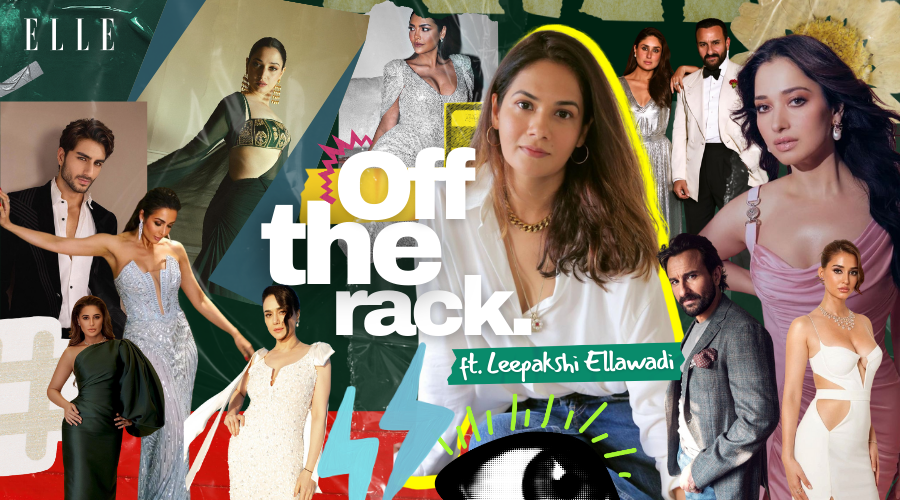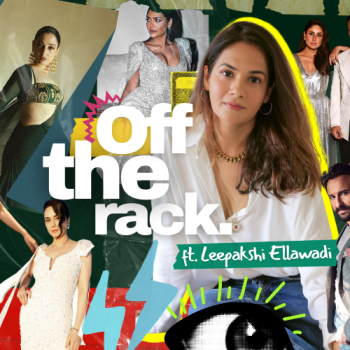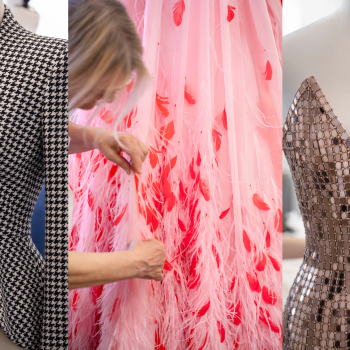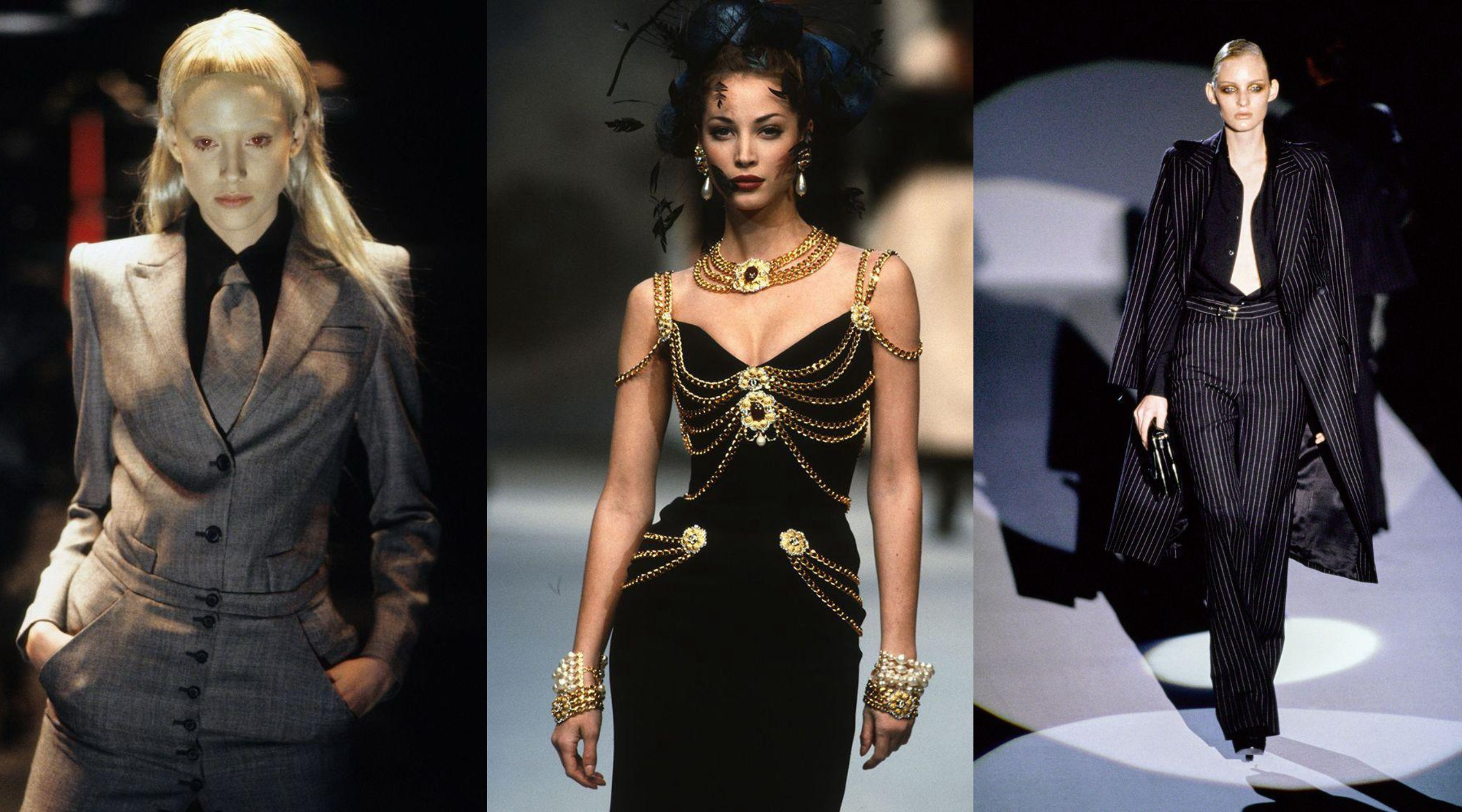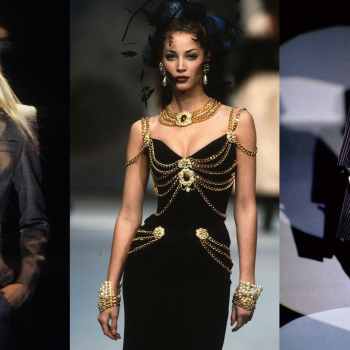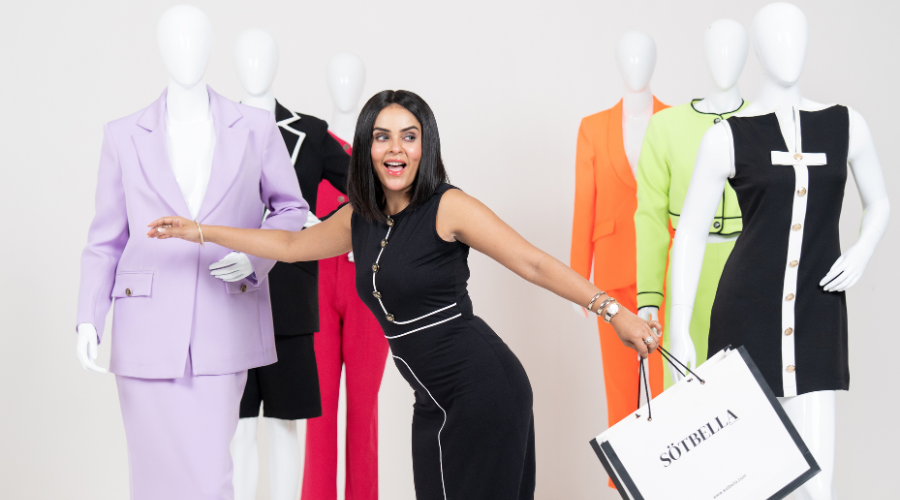When it comes to high fashion, ‘fun’ hasn’t always been the most natural descriptor. ‘Elegant’, maybe; ‘cool’, perhaps; ‘covetable’, most definitely. But ‘fun’? It’s not inherently been a byword for style – until now. A new trend for witty pieces and light-hearted campaigns has emerged among designers, arriving just in time for summer, a traditionally more relaxed, laid-back season.
It’s fitting that Loewe, known for its tongue-in-cheek designs (think trompe-l’œil heels with a nail varnish bottle in place of a stiletto, for example) is leading the charge. The brand’s latest advertising campaign sees actors – Saltburn’s Archie Madekwe and Alison Oliver with national treasure Lesley Manville – posing in a kitsch model village. This comes just weeks after the brand championed an unlikely model in the form of Antiques Roadshow expert Steven Moore, who appears in a Loewe video toting a jewel-studded asparagus tureen bag from the Fall Winter 2024 collection. The bag is based on 18th-century porcelain designs – the kind you’re likely to see if you ever tune in to the BBC classic – which served as the inspiration for creative director Jonathan Anderson.
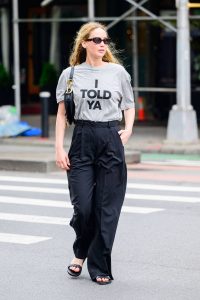
The campaign comes hot on the heels of the brand’s spelling bee-style skit, starring Aubrey Plaza and Dan Levy, that pokes fun at Loewe’s often mispronounced name, ironically titled ‘Decades of Confusion’. And those witty, counter-culture slogan tees you’re seeing everywhere right now? The style in hottest demand, made a bestseller by Zendaya, is one emblazoned with ‘I Told Ya’, which is from – yep, you’ve guessed it – Loewe.
Other designers have followed suit with their own playfully printed tops, including Off-White and Axel Arigato. Some of the best come from Victoria Beckham; her ‘Fashion Stole My Smile’ and ‘David’s Wife’ designs offer more than a knowing wink of sartorial self-awareness. The latest – which reads ‘My Dad Had A Rolls-Royce’, in reference to that viral moment from the Beckham Netflix documentary – is a self-satirising slam-dunk.
The prognosis is clear: fashion is ready to see the funny side. After the muted whisper that was quiet luxury, the industry has come full circle with a trend that embraces levity and wit, with plenty of designers getting involved in this new movement.
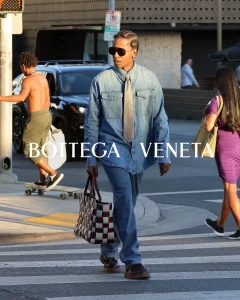
Bag charms (the janglier and sillier, the better) are now adorning big-ticket bags like Hermès Birkins and Margauxs from The Row, thanks to brands like Coach and Dior. Balenciaga’s latest accessory – a bracelet, which looks suspiciously like a roll of packing tape – has been derided for its lack of designers, and applauded as a subversive comment on over-consumption. Jacquemus recently teased its upcoming show with a video (that’s since gone viral) of a devastatingly well-dressed man ironing his designer shirt on a paddle board in the middle of the sea. Bottega Veneta’s strategy of using paparazzi shots in advertising campaigns has now been adopted by GCDS: a wry reflection on the artifice of celebrities, and those who are paid to photograph them supposedly unawares.
Jeweller Alexis Bittar, meanwhile, has called upon Susan Sarandon and Coco Rocha for his latest campaign, to play over-the-top versions of themselves in satirical videos that send up the worlds of celebrity and fashion as stranger than fiction. It feels as if luxury designers are, perhaps counter-intuitively, now happy to make themselves the butt of the joke. But why has irony come back into fashion?
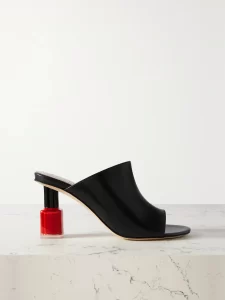
“With all the ongoing global crises, marketers have reintroduced humour into campaigns to offer much-needed comedic relief,” says Raeesa Brey, an insight strategist at trend forecaster WGSN. “A bit of light comedy helps brands grab attention, boost virality and drive engagement.” It feels significant that luxury brands are focusing on jokey campaigns and amusing designs amid a cost of living crisis, when you’d imagine the consumer is looking for understated quality; something that will last in a changeable and unstable world. But the so-called ‘attention recession’ – which refers to the declining ability of individuals to focus on a single task or piece of information for any length of time – has skewed strategies.
We’ve been monitoring the attention recession as a key marketing driver since 2023,’ says Brey. ‘With consumers feeling overstimulated by constant news and world events, marketers, even in the luxury sector, have to craft campaigns that spark positive emotions. Brands should embrace all the chaos to connect with those consumers who are feeling a bit nihilistic and numb.’
It hasn’t taken long for light-hearted designs to trickle down. When jewellery brand Missoma launched its solid gold studs, the more whimsical designs were immediately popular. The diamond-encrusted ‘Mushroom’ style outsold the rest by 111%, followed by the miniature golden ‘Snake’ single stud. ‘I don’t think it’s a coincidence that these are probably two of our most characterful pieces,’ says Marisa Hordern, founder and creative director. ‘Our customers are really finding themselves and their voices again. There’s a lot going on in the world right now and we’re turning away from convention and tradition more than ever. I think we all just want to have fun.’
Letitia Rouget is best known for her ceramics, which are hand-painted with phrases that can’t fail to raise a smile: a plate reading ‘Her Main Passion In Life Is Cheese’ has been much-posted on Instagram. Rouget’s partnership with Camille Charrière on a set of tableware went viral; favoured designs include a pink and green plate bearing the legend, ‘French Kiss And A Pint’. She agrees that ‘people are seeking ways to express their personalities and infuse their lives with joy, especially in challenging times. Fun and playful designs offer a refreshing break from the serious.’
It’s no surprise that Rouget was recently tapped by French fashion label Sézane for a collaboration that heroes that same sunny disposition. ‘It includes vibrantly hand-painted drawings, embroidered garments and timeless pieces for your home, all designed to bring a touch of artistic flair and happiness to everyday life,’ she says.
From the high end to the high street, quirky pieces are in hot demand – which means we’re only likely to see this trend take an even stronger hold, as brands fight for our attention at a time when declining sales are reported everywhere. ‘This is a nudge for marketers to try playful strategies and think outside the box to craft campaigns that really stick,’ says Brey. ‘Get ready for waves of creativity and expect messaging to be filled with gallows humour, embracing the absurd.’ It seems the industry is learning not just the art, but the value, of being in on the joke: a punchline every brand can surely get behind.
ELLE Collective is a new community of fashion, beauty and culture lovers. For access to exclusive content, events, inspiring advice from our Editors and industry experts, as well the opportunity to meet designers, thought-leaders and stylists, become a member today HERE.
Check out the Original Article At ELLE UK
